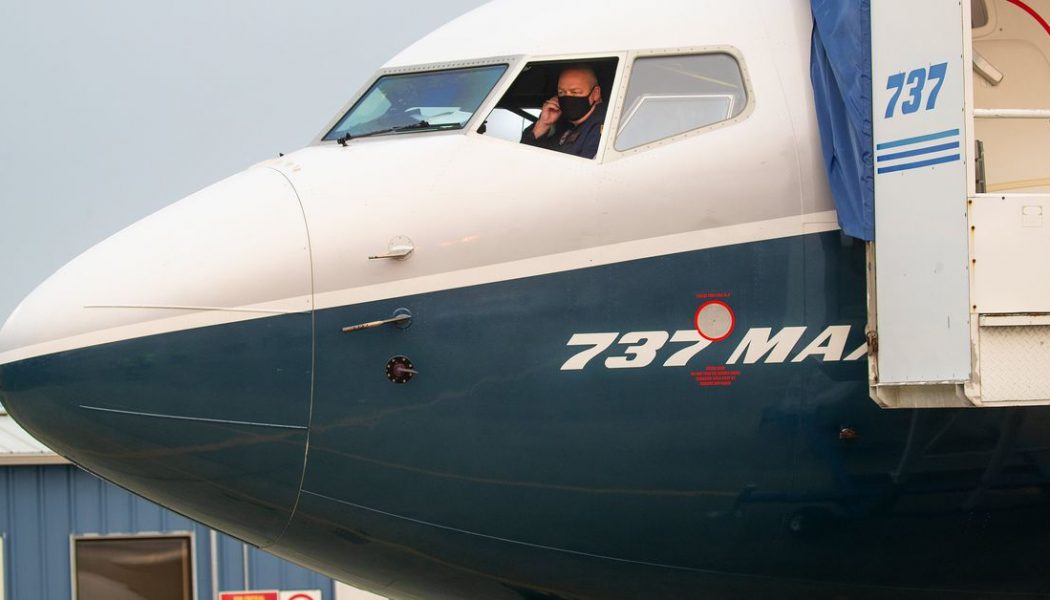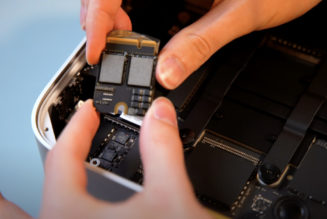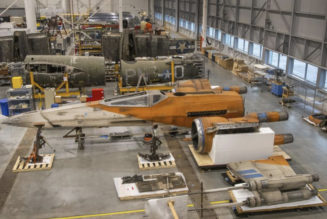
Boeing and the Federal Aviation Administration (FAA) worked together to manipulate 737 Max recertification tests following two fatal crashes in 2018 and 2019, according to a damning new Senate report. Boeing “inappropriately coached” some FAA test pilots to reach a desired outcome during the recertification tests, and some were even performed on simulators that weren’t equipped to re-create the same conditions as the crashes.
In doing this, the Senate report’s authors say the “FAA and Boeing were attempting to cover up important information that may have contributed to the 737 MAX tragedies.”
The FAA is also accused of retaliating against whistleblowers, possibly obstructing the Office of the Inspector General’s investigation into the crashes, failing to hold senior managers accountable, and allowing Southwest Airlines to operate dozens of improperly certified planes.
The 102-page report, released Friday, was compiled by the Senate Committee on Commerce, Science, and Transportation and is built on information from 50 whistleblowers, FAA staff interviews, and more than 15,000 pages of documents. It comes one month after the FAA cleared the 737 Max to return to flight, and as airlines around the world start reintroducing the plane into their fleets.
While Boeing’s own failures leading up to the 737 Max crashes have been thoroughly probed and well-documented, the new Senate report is one of the most intimate looks at problems inside the regulator that was supposed to keep the company in check.
“Our findings are troubling,” Sen. Roger Wicker (R-MS), who chairs the committee, said in a statement. “The report details a number of significant examples of lapses in aviation safety oversight and failed leadership in the FAA. It is clear that the agency requires consistent oversight to ensure their work to protect the flying public is executed fully and correctly.”
In a statement, the FAA said it is, “carefully reviewing the document, which the Committee acknowledges contains a number of unsubstantiated allegations.”
“Working closely with other international regulators, the FAA conducted a thorough and deliberate review of the 737 MAX,” the FAA’s statement continued. “We are confident that the safety issues that played a role in the tragic accidents involving Lion Air Flight 610 and Ethiopian Airlines Flight 302 have been addressed through the design changes required and independently approved by the FAA and its partners.”
Boeing said in a prepared statement that it “take[s] seriously the Committee’s findings and will continue to review the report in full.”
“Boeing is committed to improving aviation safety, strengthening our safety culture, and rebuilding trust with our customers, regulators, and the flying public,” the company wrote.
“We are aware of the Committee report and have utilized many of these past references to improve our practices and oversight,” a Southwest Airlines spokesperson said in a statement.
“All applicable aircraft underwent visual inspections, and Southwest completed physical inspections, from nose to tail, on each of the pre-owned aircraft by January 2020 — fully satisfying FAA requests,” Southwest’s statement continued. “Our actions did not stem from any suspected Safety concerns with the aircraft but were an effort to reconcile and validate records and previous repairs.” The company has “no changes” to its plans to return the 737 Max to service in the first quarter of next year.
The 737 Max was rushed through development so Boeing could keep pace with rival Airbus, which had surprise-announced a more fuel-efficient plane in 2011. Instead of developing a new plane from the ground up, Boeing modified the 737 NG with bigger, more fuel-efficient engines.
The placement of those engines made the plane susceptible to stalls in certain takeoff situations, though, so Boeing equipped the plane with a piece of software that would automatically pitch the nose down to prevent this from happening. Boeing didn’t tell regulators or customers about the software, though, in a bid to cut down on costly flight training. This left the pilots of Lion Air Flight 610 in 2018 and Ethiopian Airlines Flight 302 in 2019 fighting, and ultimately losing out to, a piece of software they didn’t know was working against them.
That software, known as Maneuvering Characteristics Augmentation System (MCAS) was a big focus of the recertification tests following the two crashes, especially in simulators meant to recreate the crash conditions.
The problem, broadly, that the Commerce Committee found was that this testing process was rife with its own problems. Some FAA investigators left tests early, while others were performed in simulators that weren’t equipped with the same software that doomed the 737 Max flights, meaning the results were meaningless.
In one particular FAA test performed on the right simulator, a whistleblower says Boeing officials were present and told the test pilots when to hit the switch that killed MCAS.
When these actions were reported by whistleblowers, they were often ignored or retaliated against, according to the report.
Update December 18th, 8:11PM ET: Added statement and information the FAA.










